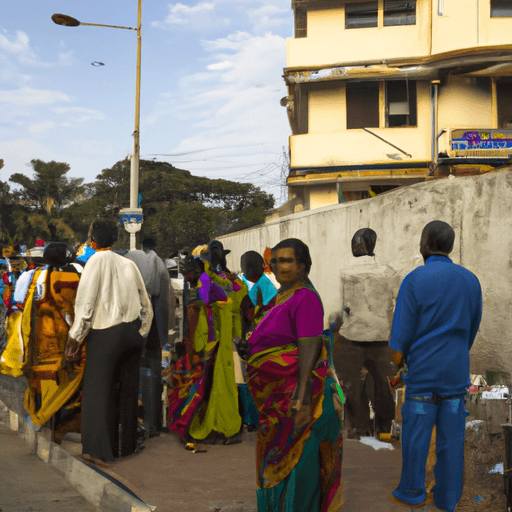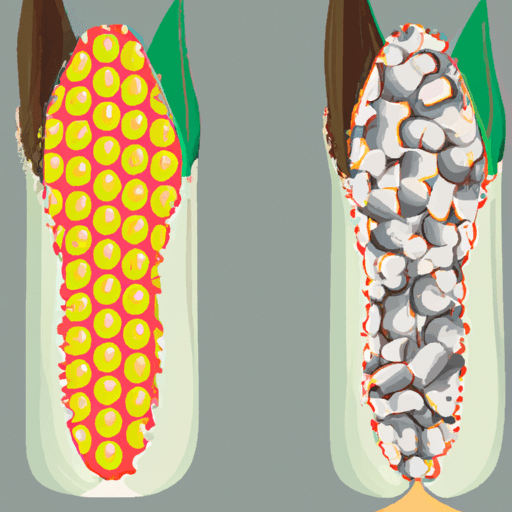Standardized Testing: A Fair Measure of Student Performance?
Introduction
Standardized testing has been a cornerstone of the education system for decades, serving as a method for evaluating student performance, measuring educational standards, determining college admissions, and maintaining accountability. This article aims to critically examine the efficacy of standardized testing, offering a comprehensive exploration of its complexities, highlighting potential biases, and presenting alternative student assessment methods.
Historical Background
Standardized testing traces its origins to the mid-1800s, with Horace Mann advocating its use as a means to identify areas of student weakness and improve instruction. The launch of Sputnik by the USSR in 1957 heightened concerns about U.S. education standards, leading to increased use of standardized tests. The No Child Left Behind Act of 2002 made standardized testing mandatory for school accountability in the United States, making it a pivotal measure to assess student and school performance.
The Pros of Standardized Testing
Standardized tests are considered objective tools to measure student knowledge and skills. They provide an educational benchmark, making comparisons across different schools, states, countries, and student groups possible. The transparency with standardized tests gives a clear understanding of what students need to learn.
The Cons of Standardized Testing
Despite its merits, standardized testing has drawn significant criticism. High-stakes testing can lead to narrow teaching focused on test content, overlooking other important areas of a student's education. It inadequately assesses a student's full range of abilities like creativity, critical thinking, social skills, character, and values, which are also essential for success in life. These tests don't account for individual learning styles or test anxiety, limiting their inclusivity and fairness.
Role in College Admissions
Standardized tests like SAT and ACT have been long-standing pillars in the college admissions process in the U.S. They serve as common measures for comparing the abilities of students from different schools. However, concerns that these tests are culturally biased and an unfair reflection of a student's potential have led many colleges to become test-optional lately.
Potential Biases in Standardized Testing
A significant critique of standardized testing is its potential for cultural, racial, and socio-economic biases. Research suggests that these tests may have an “income effect,” privileging advantaged students who can afford expensive test preparation. Critics propose that these tests might be unintentionally biased against ethnic minorities, English language learners, and students from lower socio-economic backgrounds.
Alternative Methods of Student Assessment
To create a more holistic approach to student evaluation, alternative assessment methods can be used. These include project-based assessments, portfolios, teacher observations, self and peer evaluation, and performance-based assessments. These methods provide a more comprehensive view of a student's abilities and potential.
Conclusion
As education continues to evolve, so too should the methods of assessment. While standardized tests offer uniformity and comparability, they can't entirely capture a student's full academic potential, and efforts must continue to make these exams more inclusive and representative. It's essential to acknowledge the value of alternative assessment methods to provide a fuller, more holistic measure of student learning and potential.



















Comments
Leave a Comment